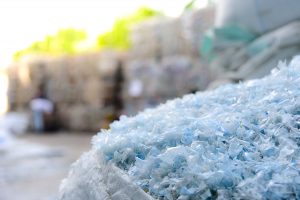 Intuition says making products from recycled plastic is better for the environment than using virgin plastic. A recent study puts hard numbers to that understanding.
Intuition says making products from recycled plastic is better for the environment than using virgin plastic. A recent study puts hard numbers to that understanding.

 Intuition says making products from recycled plastic is better for the environment than using virgin plastic. A recent study puts hard numbers to that understanding.
Intuition says making products from recycled plastic is better for the environment than using virgin plastic. A recent study puts hard numbers to that understanding.
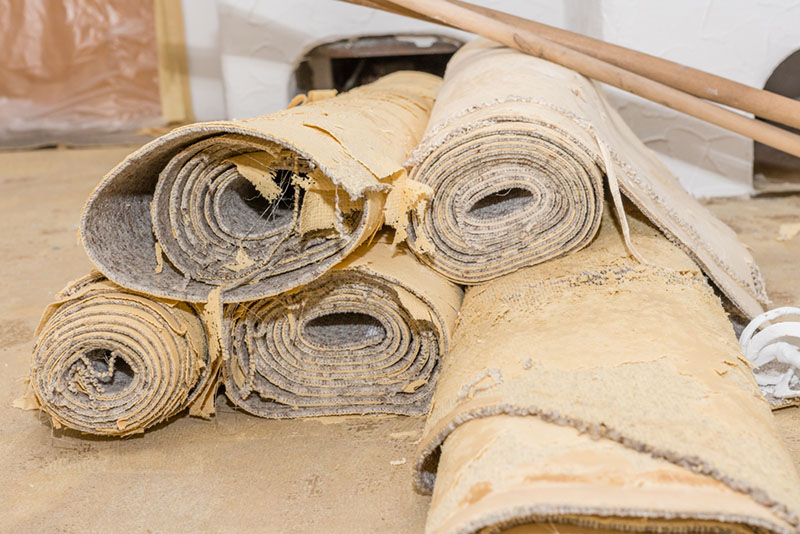 A facility in California is using a unique rotary impact separation technology to break carpet into its components so plastics and calcium carbonate can be efficiently recovered.
A facility in California is using a unique rotary impact separation technology to break carpet into its components so plastics and calcium carbonate can be efficiently recovered.
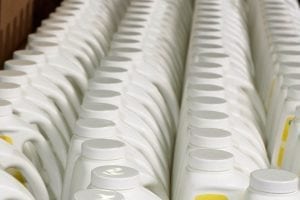
Researchers have calculated substantial upsides from making products out of recycled PET, HDPE and PP instead of prime plastics.
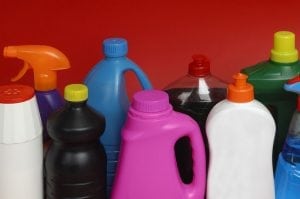 The Closed Loop Fund will provide millions of dollars to help scale up a PP recycling technology in Ohio.
The Closed Loop Fund will provide millions of dollars to help scale up a PP recycling technology in Ohio.
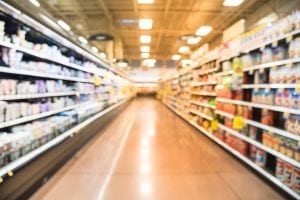 A scientific panel in Europe has greenlighted a number of processes and technologies for recycling post-consumer plastics into food packaging.
A scientific panel in Europe has greenlighted a number of processes and technologies for recycling post-consumer plastics into food packaging.
 As we enter 2018, the market for most plastic packaging collected at the curb remains unchanged, although PP prices recently took a jump.
As we enter 2018, the market for most plastic packaging collected at the curb remains unchanged, although PP prices recently took a jump.
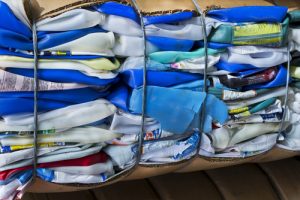 P&G, Coca-Cola and a handful of other major companies have committed to using products containing post-consumer resin in a range of storage and shipping applications, as part of a new program from the Association of Plastic Recyclers.
P&G, Coca-Cola and a handful of other major companies have committed to using products containing post-consumer resin in a range of storage and shipping applications, as part of a new program from the Association of Plastic Recyclers.
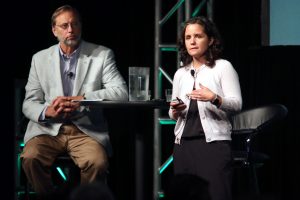
Nina Bellucci Butler speaks at the Resource Recycling Conference.
U.S. and Canadian end users could consume more of the recovered plastics generated domestically if prices and specifications meet their needs. But a handful of converging market trends are standing in the way of significant growth.
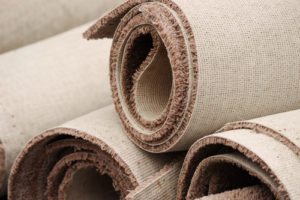 California regulators are threatening to bring the hammer down on a carpet stewardship group, saying it has failed for years to grow carpet recycling.
California regulators are threatening to bring the hammer down on a carpet stewardship group, saying it has failed for years to grow carpet recycling.
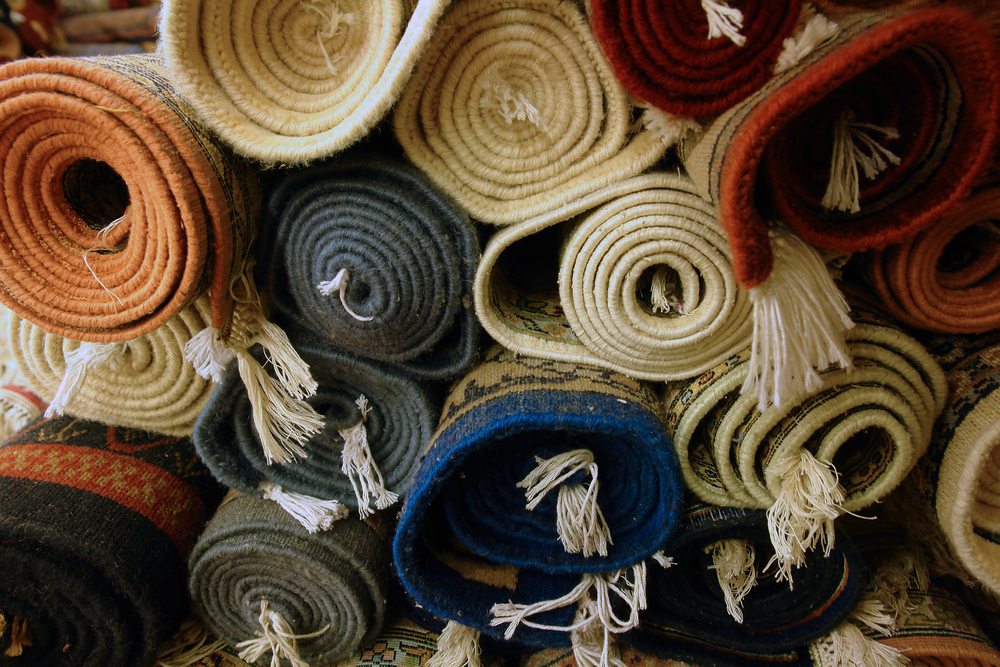 Manufacturers will voluntarily subsidize post-consumer carpet sortation for an additional year.
Manufacturers will voluntarily subsidize post-consumer carpet sortation for an additional year.
